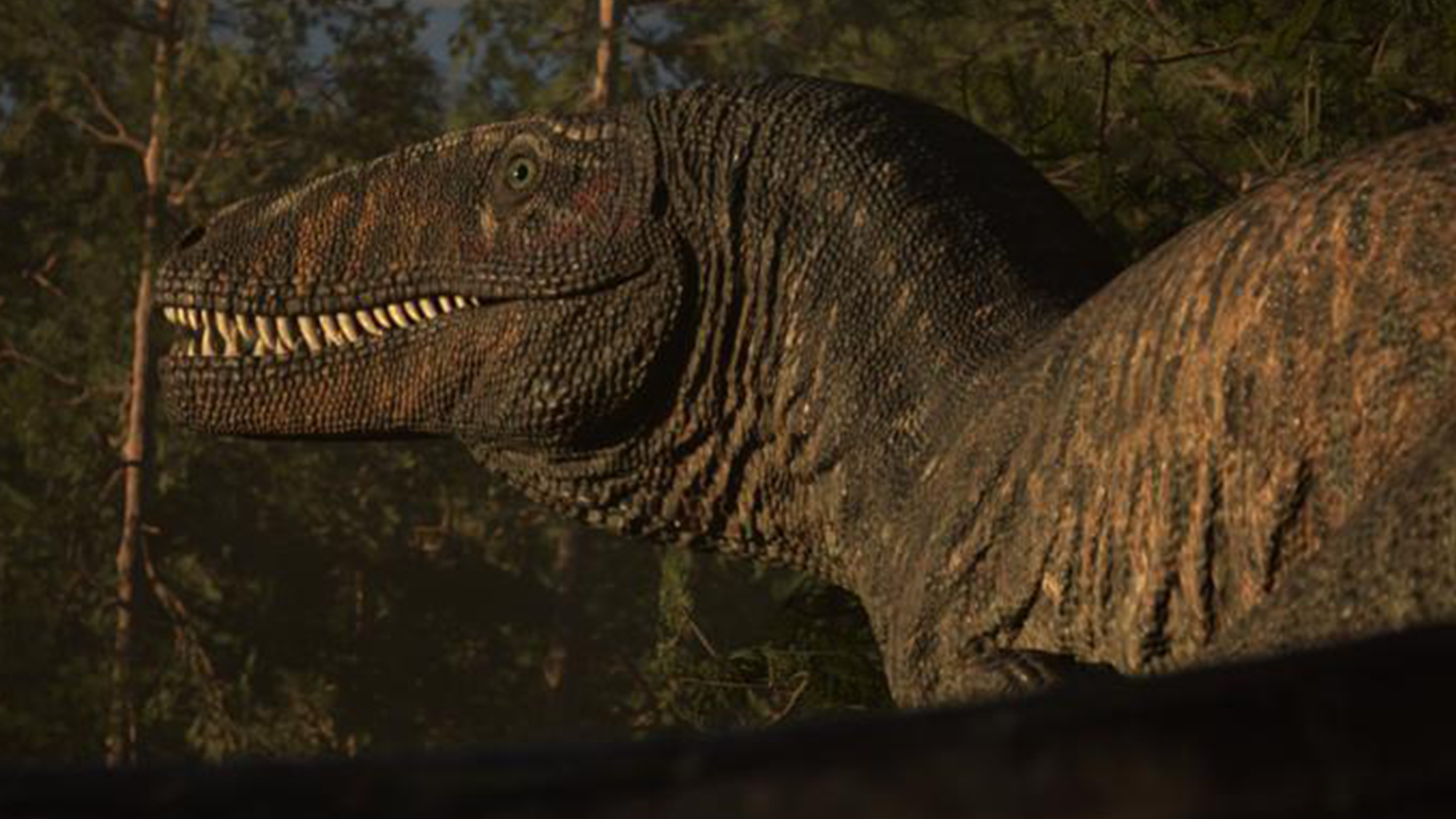

Crocodiles are some of the most fierce ambush-predators in the world. There are only 24 crocodilian species around the world and seven are considered Critically Endangered by the international Union for Conservation of Nature and Natural Resources. Now, a team of scientists have mapped the crocodile family tree, including their extinct relatives called Pseudosuchia. The family tree is detailed in a study published December 4 in the journal Nature Ecology & Evolution and offers insight into the role that the environment has historically played on crocodile evolution.
[Related: Why scientists gave vaccines to farmed crocodiles.]
Ruling reptiles
Crocodiles and birds share an evolutionary heritage with dinosaurs and pterosaurs, despite there being 11,000 living bird species compared to only 24 crocodile species. Crocodiles are the only living members of a mostly extinct clade called archosaurs or “ruling reptiles.” Archosaurs date back to the Early Triassic, about 251 million to 200 million years ago.
Archosaurs belong to a group called Pseudosuchia, which includes multiple species that are more closely related to crocodiles than they are to birds. Pseudosuchias went extinct at or before the Triassic–Jurassic extinction event about 201.4 million years ago. However, one group called the crocodylomorphs, survived the major extinction and gave rise to the crocodiles.

“The fossil record is a rich source of valuable information allowing us to look back through time at how and why species originate, and crucially, what drives their extinction,” study co-author and University of York biologist Katie Davis said in a statement.
In the study, a team of researchers used the fossil record to build a large phylogeny, or evolutionary family tree of a species or group. The phylogeny included crocodiles and their extinct relatives, so the team could map out how many new species were being formed and how many species were going extinct over time. They then combined this family tree with data on past changes in climate. They were particularly interested in changes to temperature and sea levels to see if the emergence and extinction of species could be linked to climate change.
Climate change and competition
They found that climate change and competition with other species have shaped the diversity of modern-day crocodiles and their extinct relatives. Surprisingly, the phylogeny also revealed that whether species lives in freshwater, in the sea, or on land plays a key role in its survival.
When global temperatures increased, the number of species of the modern crocodile’s sea-dwelling and land-based relatives also went up.
[Related: Crocodiles’ ancient ancestors may have walked on two legs.]
The crocodile’s freshwater relatives were not affected by changes in temperatures. Rising sea levels proved to be their greatest risk for extinction. According to the team, these results provide important insights for conservation efforts of crocodiles and other species in the face of human-made climate change.
“With a million plant and animal species perilously close to extinction, understanding the key factors behind why species disappear has never been more important,” said Davis. “In the case of crocodiles, many species reside in low-lying areas, meaning that rising sea levels associated with global warming may irreversibly alter the habitats on which they depend.”

To look at how competition might have played a role, the team used the Information Theory. They calculated estimates of numbers of species present at any point in time and compared that number against new species and extinctions. These calculations allowed the team to estimate where climate change or species interactions like competition had a direct impact on whether new species were emerging or going extinct. Unsurprisingly, an increase in competition for resources, possibly from sharks, marine reptiles, or dinosaurs, likely caused the extinction of some species.
“Crocodiles and their extinct relatives offer unique insights into climate change and its impact on biodiversity in the past, present and future,” said Davis. “Our findings advance our understanding of what factors have shaped, and continue to shape, life on Earth.”
